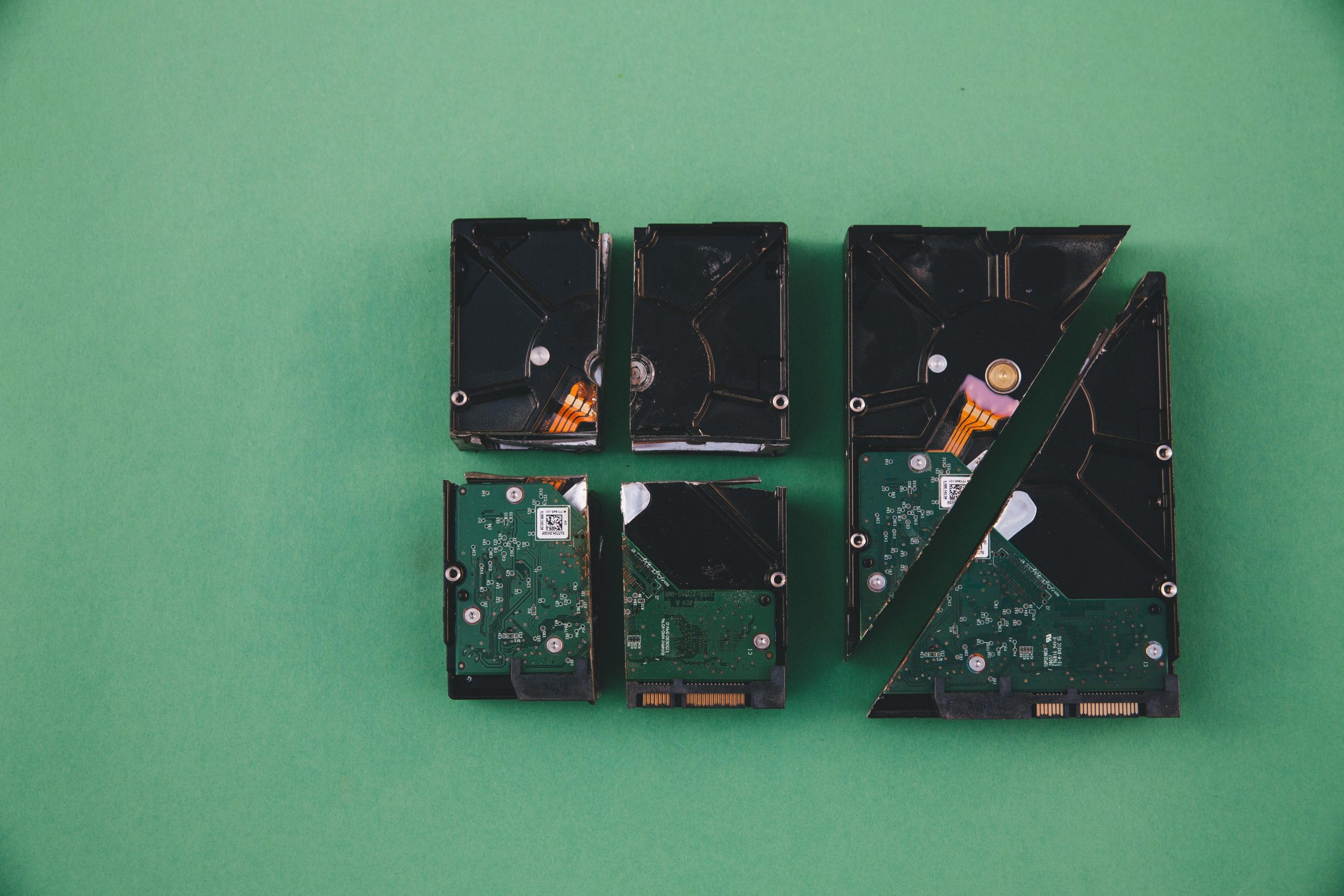Troubleshooting Data Access from an Old Hard Drive
If you’ve recently connected an old hard drive to your laptop with the hopes of retrieving important data, you may be experiencing some challenges. This is a common issue faced by many when trying to access older drives. In this post, we’ll explore a situation involving a legacy hard drive removed from a malfunctioning Lenovo ThinkPad and provide insights on how to potentially access the data locked away within.
The Situation
In our scenario, the individual removed a hard drive from an older model Lenovo ThinkPad from 2013, intending to recover some cherished files. The hard drive was connected to a laptop using a SATA-to-USB docking station. While the disk management tool on the laptop recognized the existence of the drive, the options to open or explore its contents were unfortunately grayed out. The drive is formatted with the NTFS file system and is notably nearly full, with only 1% of the 300GB capacity remaining.
Possible Reasons for Access Issues
-
File System Corruption: If the hard drive was not properly ejected from the old laptop, there’s a chance the file system could be corrupted. This could prevent the operating system from reading the data correctly.
-
Drive Letter Assignment: Sometimes, the drive may not be assigned a proper letter, which can lead to access issues. Checking in Disk Management to see if a letter is assigned can be a simple first step.
-
Data Recovery Requirements: Given the age of the hardware, it may be that the drive’s health is declining, and accessing the data might require specialized recovery software or services.
-
Permissions and Ownership: If the drive was previously used with a different Windows installation, there might be permission settings that restrict access to the files.
Steps to Attempt Recovery
To resolve these issues, follow these suggestions:
-
Check Disk Management Settings: Open Disk Management and ensure that the hard drive has a drive letter assigned. If not, right-click on the drive and select “Change Drive Letter and Paths” to assign one.
-
Run a Disk Check: Use the Command Prompt to run a check on the drive. Open Command Prompt as an administrator and type
chkdsk X: /f, replacing “X” with the letter assigned to your hard drive. This may help repair any file system issues. -
Data Recovery Software: If the basic steps don’t yield results, consider using data
Share this content:




When facing issues with a drive whose options are grayed out in Disk Management, the first step is to verify that the drive has a drive letter assigned. You can do this by right-clicking on the drive in Disk Management and selecting “Change Drive Letter and Paths” to add or modify the drive letter if it is missing.
Next, running a disk check using the command
chkdsk X: /f(replace X with your assigned drive letter) can help identify and fix file system errors. Make sure to run Command Prompt as an administrator for proper permissions.If these steps do not resolve the issue, there might be underlying problems related to file system corruption or drive health. In such cases, data recovery software like Data Recovery Tools may assist in retrieving your files. For drives with possible physical issues, consulting a professional data recovery service could be the safest course of action.
Always ensure the drive is properly ejected and connected, and if necessary, seek advice from specialized support to avoid further data loss. Good luck with your recovery efforts!